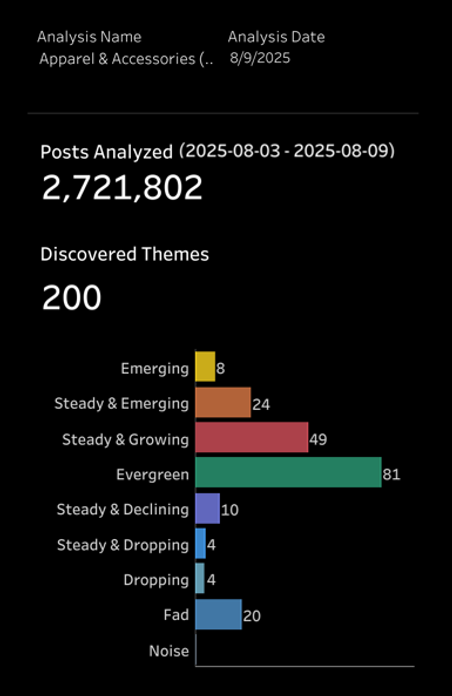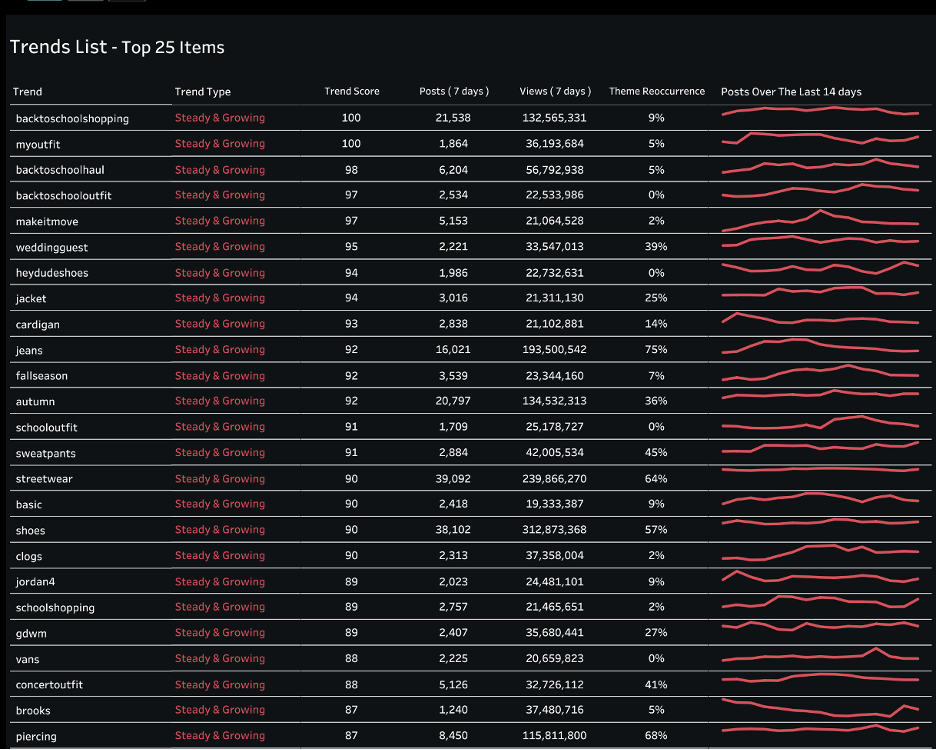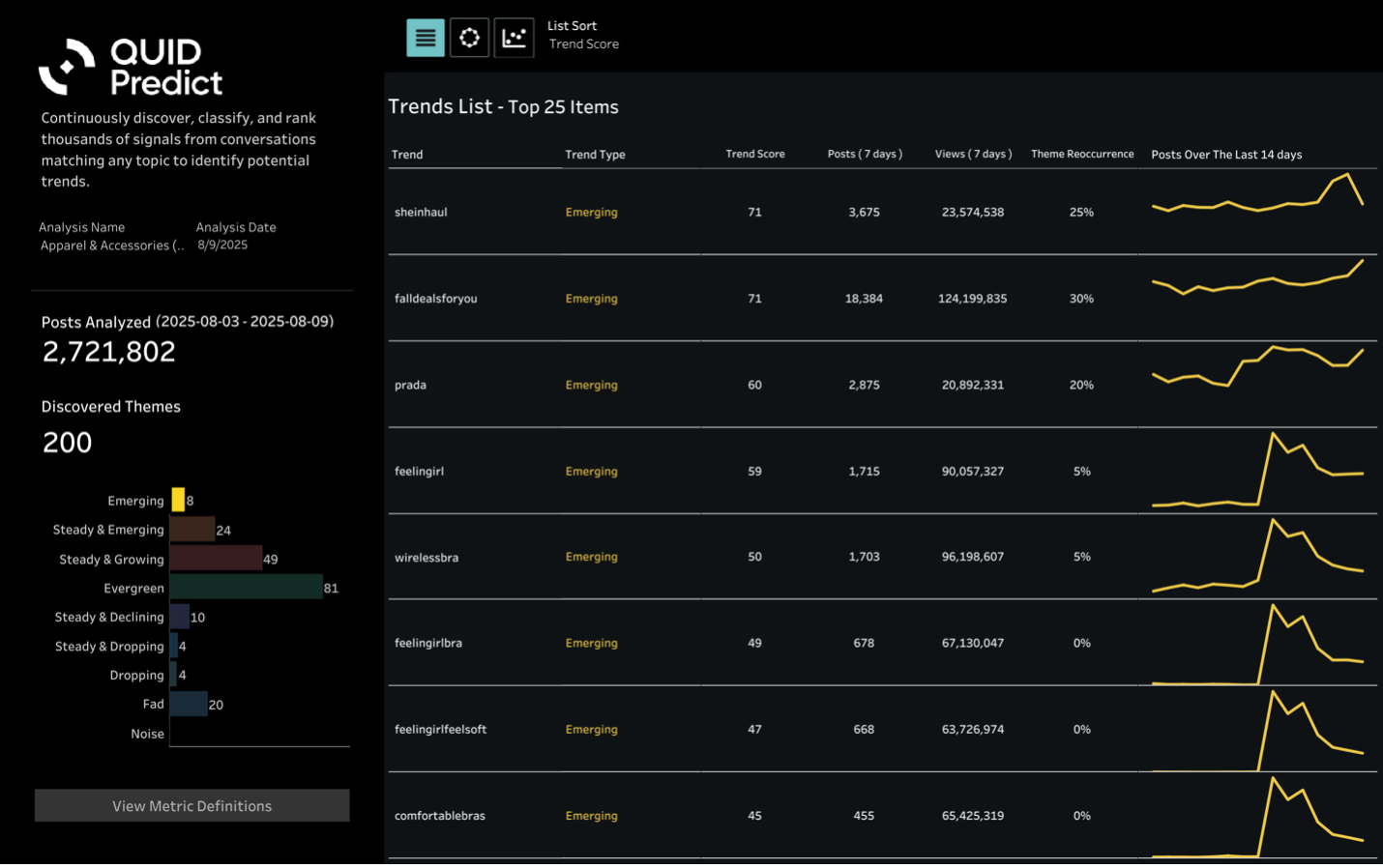Quid Marketing

Introduction to the Blog Summary
This blog outlines how using language and slang helps your brand connect with Gen Z on a deeper level.
Key Points Overview
Gen Z uses slang as a signal of values, identity and group belonging.
Language shows up organically in product talk (e.g., “haul”, “dupe”, “fire”).
Brands that mimic slang without context risk backlash; timing and authenticity matter.
Top Takeaways
Slang = cultural currency. Use it meaningfully, not just for show.
Track language trends in your category to anticipate Gen Z shifts.
Align tone and terms with how your audience actually speaks.
Don’t force it—if it sounds performative, Gen Z will notice.
Conclusion
For Gen Z, loyalty isn’t about legacy—it’s about shared language and culture. Brands that speak the tone and values of the generation stand a better chance of being embraced.
Call to Action
Read the full blog for detailed examples. Then: listen to the language your audience uses—what are they saying, and how can your brand join the convo authentically?
From “delulu” manifesting to unapologetically embracing “goblin mode,” Gen Z isn’t just speaking a new language—they’re rewriting the rules of brand engagement.
The now-infamous “Gen Z Stare” and its awkward, deadpan delivery have evolved into a cultural meme. It’s a wide-eyed, pause-heavy response to small talk or unwanted questions—often deployed in skits or as subtle pushback on older generations’ expectations. Your brand does not want to end up on the wrong side of that look.
Gen Z’s slang is fast-moving, context-driven, and deeply tied to digital culture. This generation speaks with irony, absurdity, and in-group playfulness. If your brand isn’t tuned into that frequency, it’s time to catch up.
When our analysts track emerging conversations, “slang” doesn’t appear as a neat category. It shows up organically in the context of bigger discussions about products, events, and cultural moments.
In this case, we analyzed 2.7M apparel and accessories posts from August 3–9, 2025, spanning seasonal shopping, brand callouts, and style inspiration.

(Top Apparel & Accessories Trends, August 3 – 9, 2025)
While language wasn’t the explicit search criteria, slang emerged as a clear layer in how consumers, particularly Gen Z, talk about what they wear and why.
In 2025, language is currency. For Gen Z, slang is more than filler—it’s a values signal, a trust builder, and a way to express individuality. Whether it’s the ironic self-belief of “delulu,” the unapologetic comfort of “goblin mode,” or microtrend descriptors like “fire” and “dupe,” the words they choose reveal mindset and priorities.
They’re value loyal, not brand loyal, aligning with companies that get the culture and the vibe, not just the logo. With Gen Z’s spending power projected to jump from $2.7 trillion in 2024 to $12.6 trillion globally by 2030, cultural fluency isn’t optional., it’s competitive armor.
Unlike prior cohorts, Gen Z’s loyalty is rooted in shared tone and values rather than legacy branding. They actively curate the language of their feeds, and brands that want to be part of that conversation need to read the room.
Using the right terms at the right time and knowing when not to force it is crucial. And we can see this clearly when exploring the apparel and accessories conversation.
backtoschoolshopping, myoutfit, backtoschoolhaul, backtoschooloutfit, makeitmove, weddingguest, tiktokshop, heydueshoes, jacket, cardigan, jeans, fallseason, autumn, schooloutfit, sweatpants, streetwear, basic, shoes, clogs, jordan4, schoolshopping, gdwm, vans, concertoutfit, streetwearvibes

The emerging list brought a different flavor: sheinhaul · falldelasforyou · prada · feelingirl · wirelessbra · feelingirlbras · feelingirlfeelsoft · comfortablebras

Gen Z and Gen Alpha’s phrasing can flip meaning entirely depending on tone:
Other slang plays in absurd or hyper-meme territory—“brainrot” for overstimulating content, “dank” for meme-worthy nonsense, and the meta-joke of “the joke is that there is no joke.”
These phrases tag products, set tone, and map social positioning:
Layer in slang like fire (excellent), mid (mediocre), rizz (charisma), and dupe (a clever, budget-friendly alternative to a high-end product, shared in contexts like “this Amazon bag is a dupe for Prada”) and the conversation becomes about identity, taste, and belonging.
For reputation management and strategic communications, it’s critical to stay current, understand the nuances, and avoid forced or inauthentic use of slang. Monitoring these linguistic trends provides early signals of cultural shifts and emerging narratives among younger audiences.
Because slang emerges within industry conversations, it’s a powerful contextual signal:
Imagine a fall campaign that blends the comfort-first trend with dupe-savvy messaging, launched at the exact point usage is climbing. Quid makes that timing possible.
Slang doesn’t surface in isolation; it’s uncovered in context. By layering it within broader industry conversations, Quid shows where cultural and commercial language converge, giving brands the insight to speak with Gen Z, not at them. That’s how you build loyalty through authentic, well-timed resonance.
Gen Z’s linguistic trends are quirky jargon, and also cultural signposts. By tracking these shifts, we help marketers speak with this generation instead of at them, cultivating loyalty rooted in authenticity, shared meaning, and cultural fluency.
Reach out today, and we can help you find trends and insight specific to your brand’s journey and audience base!